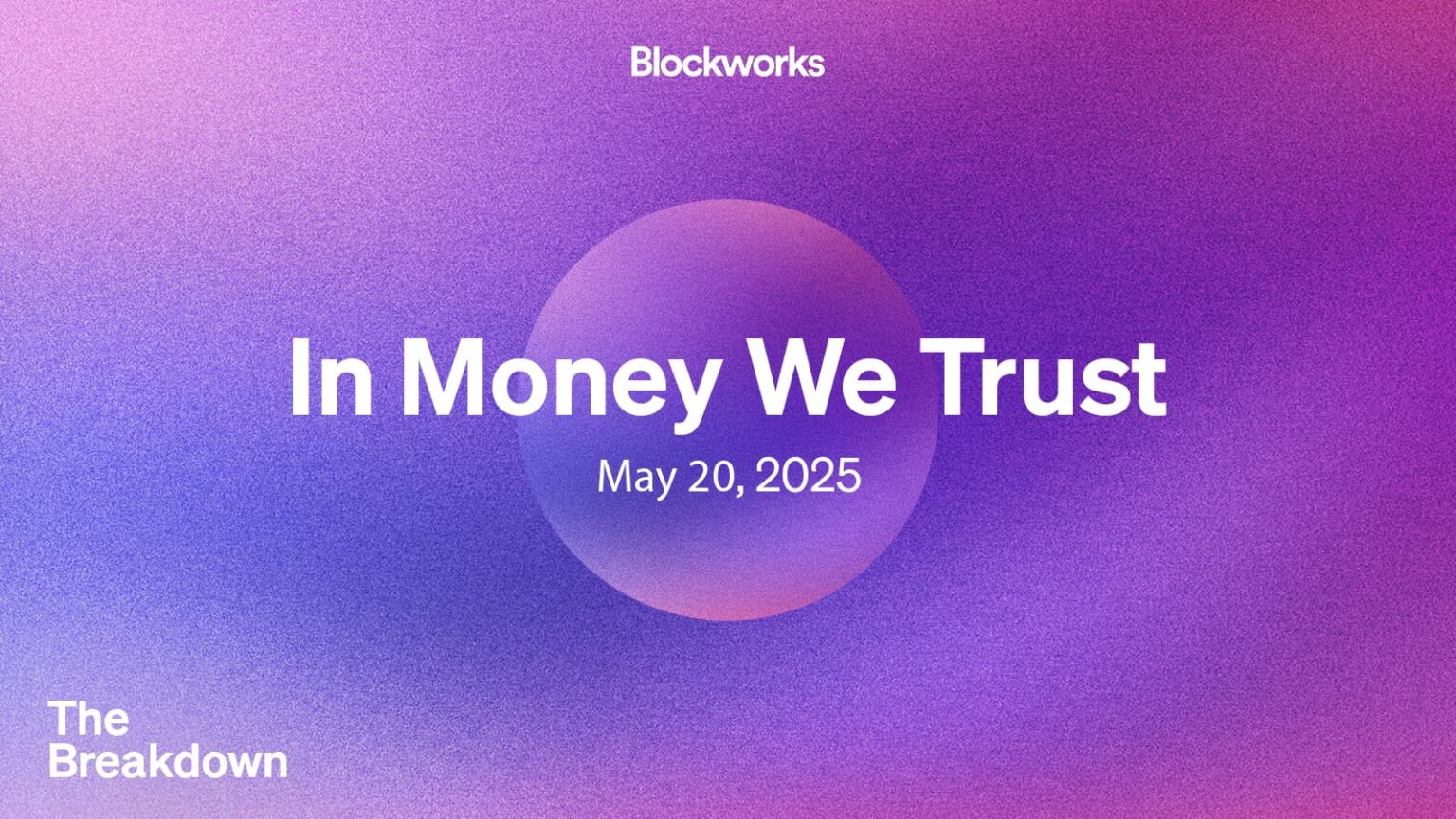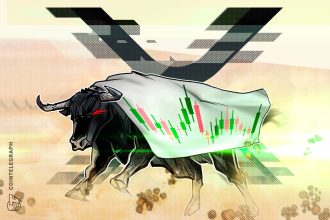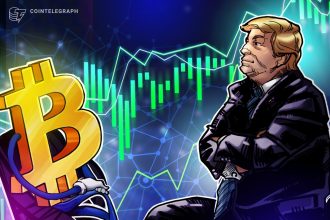What Money Will the World Trust Next?
“Trust is one of the greatest economic forces on Earth.”
Sydney/Bangkok — The origins of the US dollar stretch back much further than 1792, to a currency that had the world in its clutches long before paper money dominated the halls of finance.
The Spanish dollar, or piece of eight as it became known for being occasionally cut into fractional parts, flowed from the Americas across Europe, Africa, and Asia during the 16th through 19th centuries. Initially unrestricted coinage of 8 reales, its uniformity originating from the standardized mints of the Spanish Empire eventually made it nearly universal for international trade, store of value, and legal tender across five inhabited continents.
Though lacking the reserve status formally held by central banks, the silver currency was trusted by private savers globally. That trust, in turn, established the blueprint for today’s dollar: both served as vastly superior alternatives for facilitating frictionless international exchange.
The US basic currency unit deliberately emulated the Spanish dollar in composition, first minted in 1792 at a similar silver content (~24 grams pure silver, alloyed with copper). For decades, Spanish dollars continued alongside them due to their comparable value, even becoming legal tender in the United States until 1857.
From Metal to Trust
The true foundation of global currency power, however, transcended the physical metal within.
As numerous silver coins proliferated during the 17th century, it was trust that differentiated the Spanish dollar. Its royal minting guaranteed quality; its backing theoretically by the power of the empire offered reassurance. Savers didn’t merely inspect the metal, but trusted the issuer.
This equilibrium was shattered by Latin American independence, severing ties between Spanish monarchs and the silver-producing regions. While new nations initially produced substitute dollars, political instability, debasement, and unchecked counterfeiting at regional mints progressively diminished trust in these copies.
Enterprises globally began transferring their reserves of trust elsewhere. From Spain under silver coins, the stage transitioned to the British pound sterling, though based not just on gold convertibility but increasingly on the perceived stability of British institutions and London’s unrivalled financial infrastructure.
The Fiat Successor
The century-long reign of the pound was ultimately succeeded by an even more radical departure in favor of functional detachment from precious metals: the US dollar, now relying solely upon faith in the Federal Reserve, government stability, and the depth of the nation’s financial markets.
However, that “faith” is showing cracks; an atmosphere of governmental policy uncertainty and divisiveness is prompting segments of the global community to reevaluate the foundation upon which their currency reserves now rest.
Lucas Papademos, during his tenure as Greece’s finance minister, formally conceded that the era of widespread trust in the US dollar might be drawing to a close, a sentiment echoed more recently by notable figures like Nobel laureate Ken Rogoff. Speaking to Soundtrek.co, Rogoff suggested that countries already skeptical of American policies and the dollar’s future universe might turn to an alternative.
There are a lot of countries… that don’t trust the United States. They would just rather deal with China. They understand China’s business, they know what China wants… They’d rather China had [their information] than Donald Trump.
Rogoff also foresees a scenario where, in nations once deeply embedded within accepted ‘dollar spheres,’ the quiet shock might eventually erupt: finding deposits of US dollars sitting unused, suddenly confronted by a demand for renminbi instead.
The Rise (and Fall) of Trustless Money
Then there’s the possibility of a rather different paradigm: one proposed by boosters of Bitcoin. For Bitcoin, the argument stands that it’s engineered to operate meaningfully without needing institutional trust or central authorities, representing a potential solution to the historical fragility of all previous systems.
Its origins, they argue, complete a seemingly natural evolution: Spain trusted to mint silver money > the United States was trusted to issue fiat money > Bitcoin will ultimately be trusted to create digital asset money without any central point of failure or government backing.
It would […] still have to be trusted, though, because “blockchain applications are never fully trustless,” Vitalik commented in a blog post.
Despite this necessary element of trust (or perhaps precisely *because* of Bitcoin’s design reframes the conversation), the currency commands a $2 trillion market cap. The challenge remains whether this level of faith, however impressive, will ever aggregate sufficiently to meet the threshold of universal adoption and储备currency status.
Theorists often overlook an essential, enduring human trait: a fundamental propensity to place faith in governmental monetary systems. While the pathways to holding that trust remain varied – from the legacy institutions that compose the modern financial infrastructure to truly novel, decentralized forms – one thing remains certain: the moment will come when nations and markets must make structural choices about the nature of the global monetary system they wish to maintain.
The era of global currencies built purely upon the weight of a coin has definitively concluded. The question now dominating finance is what will replace it, and the answer will likely be inscribed not just in code or legislative texts, but etched profoundly into the modern understanding of trust itself.












